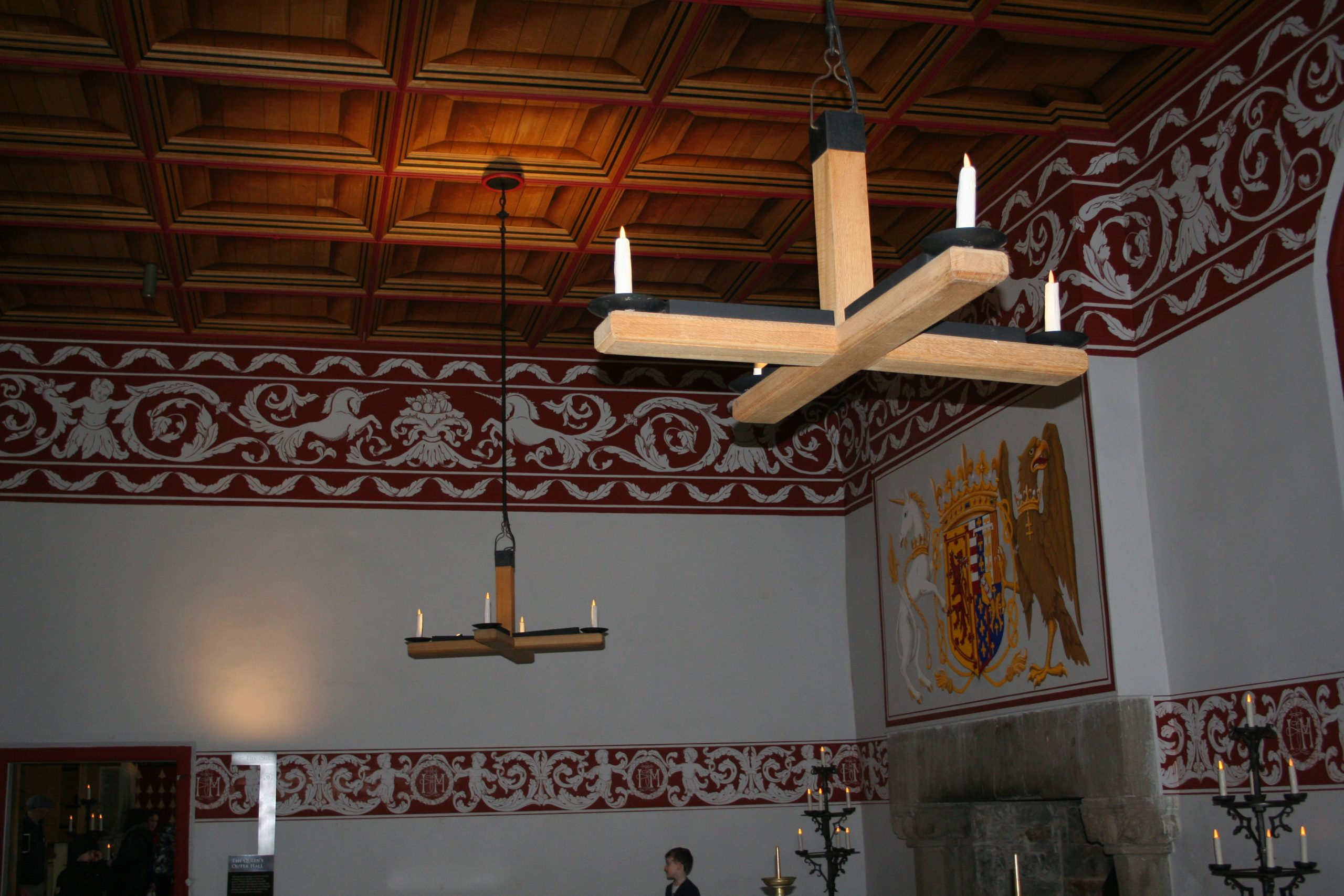The Stirling Castle Convict Hulk was a 74-gun Third-rate ship of the line that was launched in 1811 at Rochester. In April 1839, it was converted into a prison hulk and initially moored at Devonport between March 1840 and September 1844. Later, it was moved to Portsmouth and then Gosport before being broken up in September 1861.
The Stirling Castle Convict Hulk: A Floating Prison

The Stirling Castle Convict Hulk was part of a larger system of prison hulks used in England during the 18th and 19th centuries to detain criminals and prisoners of war. These hulks were essentially decommissioned naval vessels that were repurposed to serve as floating prisons.
Mooring Locations
The Stirling Castle Convict Hulk was moored at various locations throughout its time as a prison hulk:
- Devonport (March 1840 – September 1844)
- Portsmouth
- Gosport
Capacity
In 1848, the Stirling Castle Convict Hulk had a capacity of 450 prisoners.
Break-up Date
The Stirling Castle Convict Hulk was broken up in September 1861, marking the end of its service as a prison hulk.
Conditions on Board the Stirling Castle Convict Hulk

Conditions on board the Stirling Castle Convict Hulk, like many other prison hulks, were often harsh and inhumane. Overcrowding, poor sanitation, and inadequate medical care were common issues, leading to high mortality rates among the prisoners.
Overcrowding
The Stirling Castle Convict Hulk was designed to accommodate a certain number of prisoners, but it often held more than its intended capacity, leading to cramped and unsanitary living conditions.
Sanitation Issues
The lack of proper sanitation facilities on board the hulk contributed to the spread of diseases and the overall poor living conditions for the prisoners.
Inadequate Medical Care
The medical care provided to the prisoners on the Stirling Castle Convict Hulk was often inadequate, with limited access to medical professionals and supplies.
The Role of the Stirling Castle Convict Hulk in the Prison System
The Stirling Castle Convict Hulk was part of a larger system of prison hulks used in England during the 18th and 19th centuries. These hulks served as a deterrent and a way to address overcrowding in land-based prisons, with prisoners often being held on the hulks while awaiting transportation to penal colonies.
Deterrent Effect
The harsh conditions and the stigma associated with being held on a prison hulk were intended to deter potential criminals from committing crimes.
Addressing Overcrowding
The use of prison hulks, including the Stirling Castle Convict Hulk, was a way to alleviate the overcrowding in land-based prisons, which were struggling to accommodate the growing number of prisoners.
Holding Prisoners Awaiting Transportation
Many of the prisoners held on the Stirling Castle Convict Hulk were awaiting transportation to penal colonies, such as Australia, where they would serve out their sentences.
Conclusion
The Stirling Castle Convict Hulk was a forgotten relic of England’s prison system, a floating prison that held hundreds of inmates in harsh and inhumane conditions. Its story is a testament to the challenges and shortcomings of the criminal justice system during the 18th and 19th centuries, and a reminder of the importance of humane and just treatment of all individuals, even those who have committed crimes.
References:
- https://en.wikipedia.org/wiki/List_of_British_prison_hulks
- https://www.prisonhistory.org/prison/stirling-castle/
- https://seasaltercross.com/2015/03/18/life-inside-the-prison-hulks-staying-alive-2/
- https://discovery.nationalarchives.gov.uk/details/r/C1193432
- https://www.british-genealogy.com/forum/threads/17616-Stirling-Castle-Convict-Hulk-off-Devon-1841.
